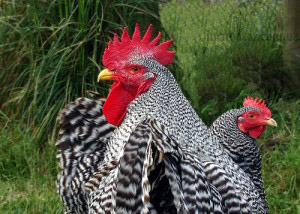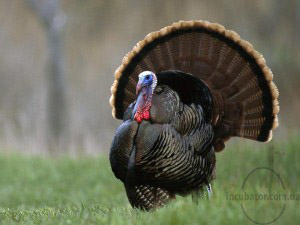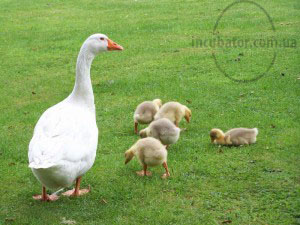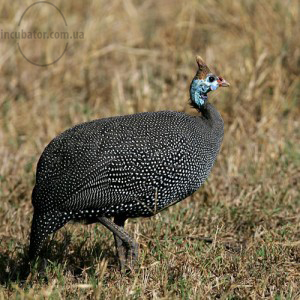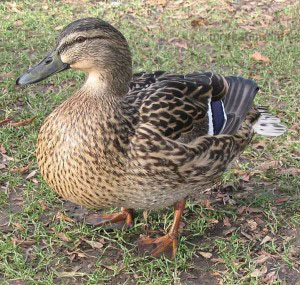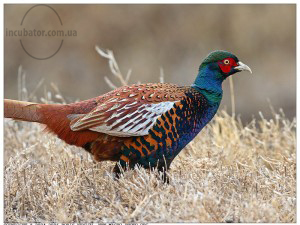About egg benefits
Atherosclerosis is one of the common diseases of our time. Atherosclerosis causes coronary heart disease (heart attack and angina). Through research, it was found that the main causer of atherosclerosis is lipoprotein of low and high density.
The matter is that many of the substances that the body’s cells need are liposoluble.
Whether fats can be transported in the normal version by high or low density lipoproteins, which leads to atherosclerosis depends only on the ratio of the blood protein and fat.
Now it becomes clear that the reason for the growth of atherosclerotic disease in the developing world is that people eat too much fatty foods. Especially dangerous is the use of margarine (a mixture of vegetable and animal fats).
To prevent atherosclerosis, reduce the fat content in the food in 2-4 times, while maintaining the same level of protein intake. Protein of cooked eggs (boiled, fried, scrambled, etc.) is one of the best, because it is absorbed better than other proteins (by 97- 98%) and has an excellent amino acid composition (protein of raw eggs digest badly).
Researchers concluded that 1-2 eggs a day are not only safe, but also beneficial to health.
According to Rio”News”, American long-liver, who lived 112 years, a veteran of the First World War ate 6 scrambled eggs.
Japan is today’s recognized leader in the consumption of eggs. Japanese eat more eggs daily (per capita) than in any other country. And at the same time there is the lowest level of cardio-vascular diseases in Japan.
Annual world production of eggs is increasing by 2-3%. According to the latest data, the volume of egg production in the world is close to $ 1.2 trillion. pcs. According to forecasts of GLOBAL REACH CONSULTING (GRC), global production will increase, with the saving of existing growth. It is predicted that production will have been increased by 13% by 2017, and by 2019 by more than 20%.
Chicken Eggs
As it was already mentioned, the eggs are an indispensable element of the alimentation of the majority of people on the planet. As a source of essential nutrients egg is unrivaled.
It is a complex of proteins, carbohydrates, fats, vitamins (A, D3, B1, B2, and riboflavin) and minerals, which include iron, phosphorus, calcium, copper, iodine, magnesium, manganese, potassium, zinc, selenium and sulfur.
As nature intended, the content of any eggs is a key element for alimentation and protecting of the developing embryo. Protein of many of them has antibacterial properties.
Quail eggs
Quail eggs are about three times smaller than the chicken ones. An average weigh is 9-17g. These are the smallest eggs among commercially sold in stores. Peeled quail eggs are great for snacks and meals as decoration.
If you do not overcook them, they are soft, almost creamy, with a pleasant taste. They can be cooked like eggs, you can make poached eggs.
Quail egg is a real store of nutrients and medicines. In comparison with the chicken egg, there are 2,5 times more vitamins A, 2,8 times more vitamins B1, 2,2 times more vitamins B2 in1 g. Five quail eggs, equal in weight to one chicken, have got 5 times more phosphorus and potassium and 4,5 time more iron. There are much more copper, cobalt, amino acids such as tyrosine, threonine, lysine, glycine and histidine.
Available in the quail eggs protein ovomucoid can inhibit allergic reactions, that is why a medicine for the treatment of allergies is based on them.
The effectiveness of quail eggs in the diet of patients is known since antiquity. Three hundred years ago the Chinese scholar-pharmacologist Li Shichen wrote a medical treatise about the healing properties of these eggs.
In Japan they are widely used in the baby food. Quail eggs have a positive effect, particularly on stunting children. They must be included in the diet of the sick and debilitated children.
Quail eggs have contributed to memory increasing, speed up the development of intelligence of children.
According to the study, quail eggs promote excretion of radionuclides.
They are used:
– For the treatment of liver, kidney, heart and vascular system;
– Diseases of the gastrointestinal tract, ulcers, gastritis;
– For allergies, diabetes and anemia;
– Tuberculous poisoning, asthma in combination with chemotherapy;
– Chronic pneumonia, weakened immunity.
Quail eggs should be consumed raw: children up to 2 years – 2 pcs. And after 2 years – 4 pcs. a day, and adults – 4-6 pc. every day in the morning before a meal (on the empty stomach). They should be taken regularly, without interruption, during 3-4 months.
Turkey Eggs
Turkey eggs are a rare product because these birds are grown primarily for dietary meat.Turkey eggs weigh an average of 70-100g. and have a conical shape, light brown or white shell with speckles.
Eggs are unpigmented (white) shell, as well as there can be lime coat on the shells of various sizes.
Taste difference with small chicken eggs is not so visible. They are a little more tasty and nutritious, but they contain more cholesterol.
Turkey eggs, like the chicken ones, can be cooked. They are especially good for baking.
You can cook a turkey egg and bake it even in the shell.
Goose Eggs
Geese were domesticated first among poultry. Wild grey geese are common in Europe, Nile ones – in North Africa, Siberia and Chinaones – in China. Found Pictures of Nile geese were found. They show that geese were domesticated in Egyptthree thousand years ago.
As you know, the geese are known for their hostility. There is also a saying that “geese saved Rome.” Some owners use a goose instead of a guard dog.
Due to the fact that geese are waterfowl, their shells are usually very dirty.
Goose eggs can be eaten only after heat treatment. In taste, they are stronger than chicken. There is much more fat and less water in geese eggs. They are not suitable for baking, because the dough “diminishes”.
They can be simply boiled and served, or used as an ingredient to vegetable casseroles.
Guinea Fowl Eggs
These birds are relatives of pheasants and chickens. Guinea fowl hen eggs are smaller (weighing about45 g), but richer in content of dry matter, lipid, vitamin “A” and carotenoids. They are pear-shaped, with thick and strong light brown shell, large yolk has pleasant taste.
Number of pores in the shell is less, and its thickness is larger than that of the chicken eggs, and therefore the access to them is limited to the micro flora, and the evaporation of moisture content is negligible.
These qualities allow long-term storage and long-distance transport. Guinea fowl eggs are not more than six months to lose freshness and nutritional value.
By their calorie chicken they are not inferior, but by the content of vitamin “A”, “D3”, “E” and group “B” exceed their almost twice.
Guinea fowl eggs taste sweet and light. They are perfect for decoration of dishes or to add to salads, good at baking.
Duck Eggs
It is believed that domestic ducks have roots in the living and surviving wild ducks – of mallards.
Because of its widespread habitation mallards are domesticated in different places. But the most popular and reliable place of domesticated ducks is China.
We also know that in Ancient Rome, wild ducks hatched chickens, and old duck were kept under the net, so they do not fly away.
Duck eggs are slightly larger than chicken ones and weigh an average of 80-90g, and the color of the shell varies from pale green-blue to white.
Taste is stronger than that of chicken, so they are ideal for baking.
Proteins are denser and more elastic when boiled if to compare with the chicken eggs, that is why not everybody likes cooked duck eggs.
Due to the bright golden yolk one can cook delicious biscuits.
Levels of lysozyme in egg are at the level of 1.5 mg/g, and the protein in heavy breeds is 2.0 mg/g. Therefore, the duck eggs are perfect for making meringues (strong foam of beaten eggs last long period of time).
Boil duck eggs at least 10 minutes, raw eggs are not used.
Pheasant Eggs
Pheasants are found in Europe and Asia. There are many varieties of pheasants: common pheasant, hunting pheasant, golden pheasant, diamond pheasant, royal pheasant, silver pheasant, peacock pheasant, large Argus,Manchuria eared pheasant, blue eared pheasant, peacock and other common species.
Egg weighs in the range of 25 to 35 g.
They come in different colors, ranging from buff to greenish-blue or olive oil, there may be specks.
Eggs can be boiled, used in salads, baked. Eggs can be cooked almost anyway you wish to.



